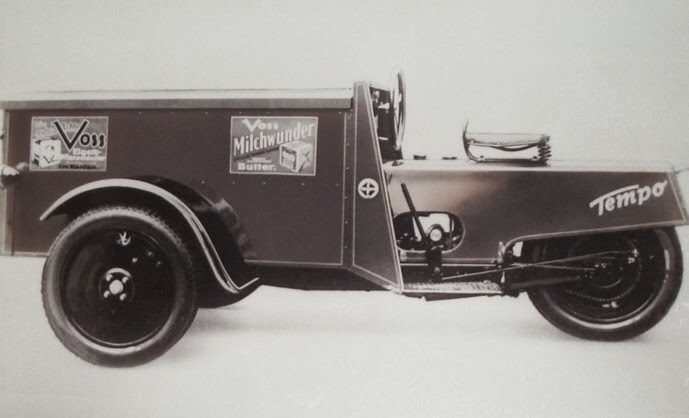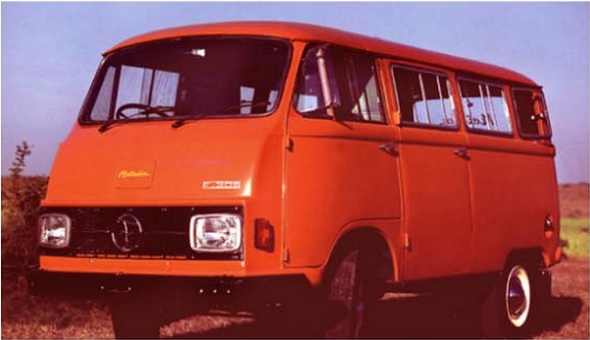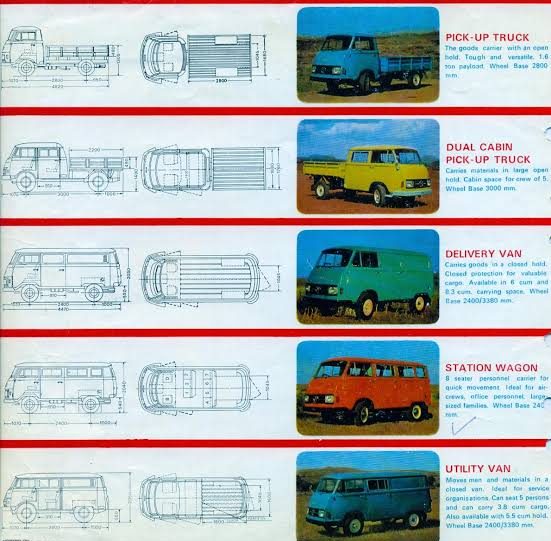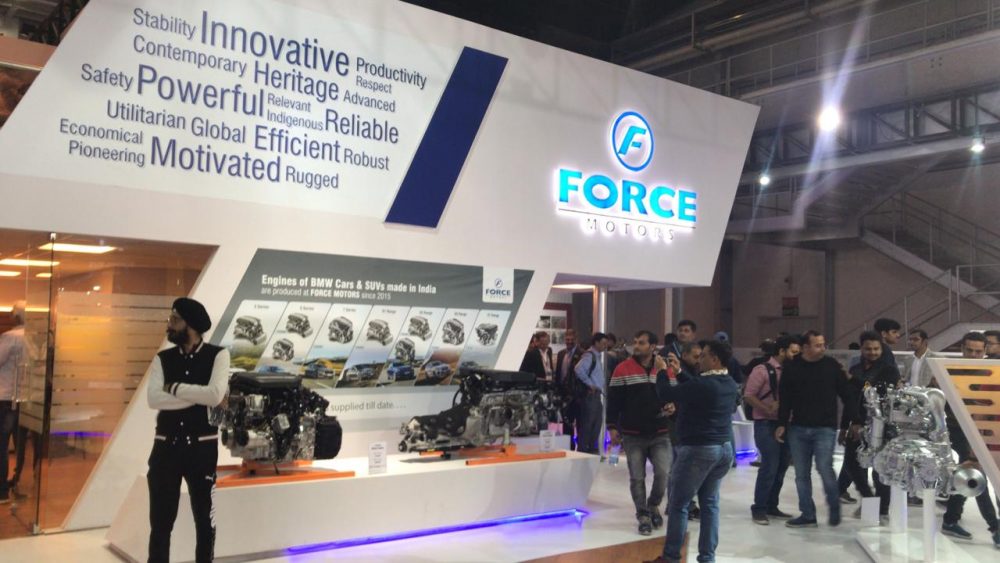MUV, if talk about this particular class of vehicle, how much seating capacity can we talk about? 7-8? But what if I tell you there was a vehicle that used to carry much more than 10 people? The ones who have travelled in a Matador surely know the infinite seating capacity of this MUV. So, today, let’s go back in time and take a look at the history of Bajaj Tempo Matador.
1924: The year when Tempo came into existence

The tempo is not just a filthy vehicle with a random number of seats on four wheels. It actually dates back to 1924 when Vidal & Sohn Tempo-Werke was found in Germany. This company started building vehicles such as Viking and Matador. The MUV in talks today is the Matador. It was in the year 1969 when the Indian carmaker Firodia ltd. (Later acquired by Bajaj Tempo, thus the name) started the production of Matador in India. Within no time, due to the mileage and utility, Matador became a huge success in India.
Bajaj Tempo Matador

The Matador was India’s first diesel light-motor vehicle. It came loaded with a D 301 E2 1.8-litre engine. Let’s take a look at the specifications.
Engine Specification | Bajaj Tempo Matador
|
|
| Engine | D 301 E2 1.8 |
| Capacity | 1797cc |
| Power | 48hp@3,800rpm |
| Torque | 105.9Nm@2,300-2,600rpm |
| Fuel Efficiency | 11-13kms/litre |
High fuel efficiency is the main USP of this vehicle. It had good driving dynamics with front wheels being driven by the engine. The engine was paired to a 5-speed manual gearbox. The panoramic sunroof provided very good visibility. It was available in left-hand drive as well as right-hand drive.
A Bollywood Tradition

Matador became a cult very soon. And with Bollywood movies such as Khatta Meetha (1978) showcasing the Tempo Matador, it entered the pop culture too. The camp drives, musical or food festivals, or anything exorbitant, you might come across a Tempo.
The Ultimate Utility

The Bajaj Tempo Matador offered a great utility right from the factory. A Pickup Truck, Dual-Cabin Pick Up Truck, Delivery Van, Station Wagon or Utility Van, you could choose from a variety of options. Be it commercial or private use, Bajaj Tempo offered a complete package for every type of needs.
Bajaj Tempo: A Brief about the Company

We already are aware of the Indian carmaker Firodia ltd. which was later acquired by Bajaj Tempo in 1951. This company started building utility vehicles such as tempo, auto-rickshaws and small trucks. Matador is also one of them. But do you know that the same company, Bajaj Tempo, was renamed in 2005 to Force Motors? Yes, you read that right! Force Motors. The totally Indian automobile company that we very well know of. History is quite amusing, isn’t it? Want to know some more interesting facts about Force Motors
Take a look: Force Motors: The lesser-known Facts about the Indian Manufacturer
Download The GoMechanic App Now!

Bajaj Tempo Matador | The Final Callback
From school vans to public transportation, Matador has been a prominent part of the Indian automotive industry for sure. People born after the 2000s might not be aware of this vehicle, but ask your dads and see the nostalgia hitting them hard. And this was all for this visit to history. Did we bring back some memories? Do let us know in the comments section below.







I love the matador van.both the 302 and the 307 long chassis station wagons.I really miss them.sad that they are not making such legendary vehicles that were built to last for a lifetime.I wish them success but I didn’t like that name Gurkha for their jeep.They should think of an English name.In chennai when say Gurkha is that you think of a watchman in khakhi clothing.please please change that name.I really admired HM when they named their contessa.which means something ready to contest or compete.Think of great name.